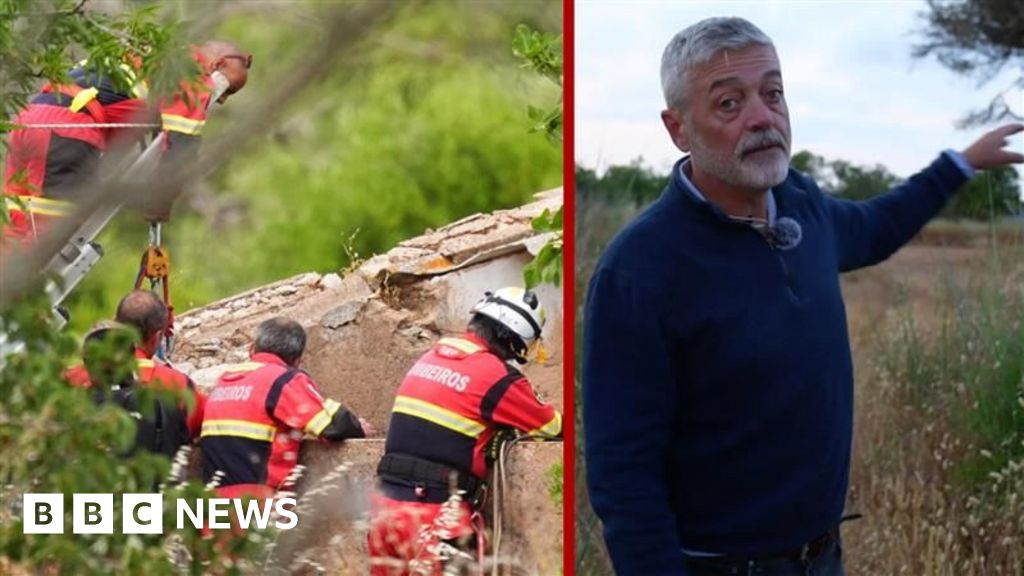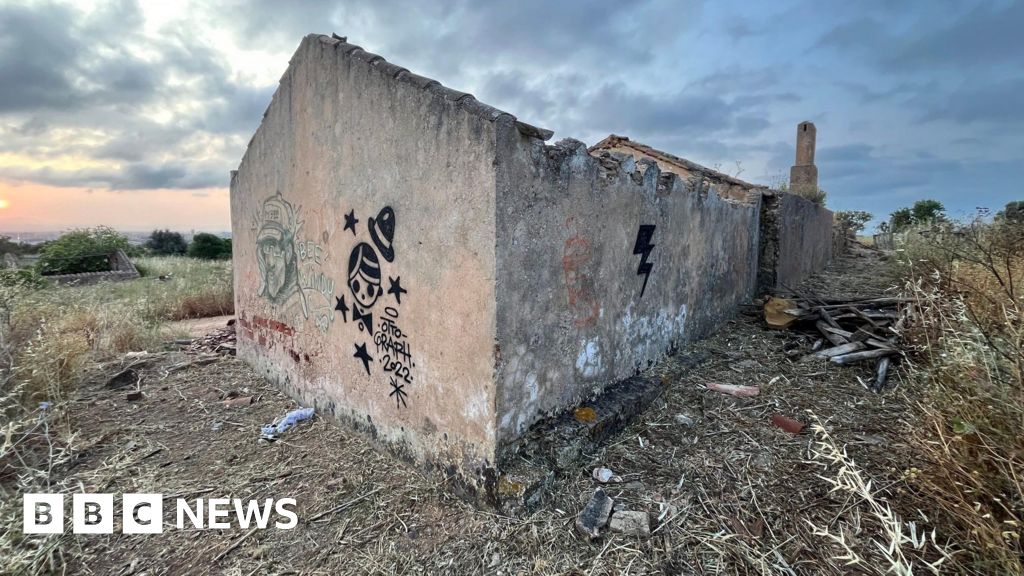ARTICLE AD BOX
image sourceAFP
image captionResistance fighters have gathered in Panjshir province, just north of KabulThe Taliban have swept through Afghanistan with remarkable speed.
But as they sit in Kabul planning their new government, there remains a large thorn in their side: a small valley of anti-Taliban resistance just north-east of the capital, refusing to give up despite being entirely surrounded.
Senior Taliban leader Amir Khan Motaqi has called on the residents of the Panjshir Valley to lay down their weapons, but there is little sign of them complying. Dozens of Taliban fighters are said to have been killed in skirmishes along its borders since 15 August, when Kabul fell, and fighting is continuing.
So what exactly is happening in the Panjshir Valley - and should the Taliban be worried?
Who are the resistance fighters?
The valley in eastern Afghanistan has become the home of the National Resistance Front (NRF), a multi-ethnic group made up of militias and former Afghan security force members, reportedly numbering in the thousands.
Photos released this week show what appears to be an organised, well-armed and well-trained group.
image sourceAFP
image captionResistance fighters training in late AugustThe NRF has been joined by former vice-president Amrullah Saleh, but its leader is Ahmad Massoud, whose father was known as the "Lion of Panjshir", and for good reason.
Ahmad Shah Massoud not only held off the Soviet invasion in the 1980s, but went on to keep the Taliban out in the 1990s, only to be killed by assassins two days before 9/11.
His son - a 32-year-old King's College London and Sandhurst Military Academy graduate - is now determined to do the same and keep the Taliban out. And he is not just looking for support at home - earlier this year he met France's President Emmanuel Macron, seemingly in a bid for international allies as the US withdrawal drew nearer.
image sourceReuters
image captionAhmad Massoud, pictured in 2019, is the leader of the resistanceIn an interview with CNN, Massoud warned the militants had not changed - adding that he and his fighters believed "that democracy, the rights, and freedom of all citizens regardless of race and gender should be preserved".
What do the Taliban want?
The militant group has been pushing the idea that the Taliban's "Islamic Emirate of Afghanistan is home for all Afghans".
The Panjshir Valley's resistance - right on the doorstep of the capital - is a blow to this particular image of unity.
On social media, hashtags voicing support for the resistance have begun to pop up.
The Taliban and the NRF have been negotiating but, although both sides say they are keen to avoid war, there has been no settlement reached, and it seems talks have given way to open fighting.
The Taliban say they have sent hundreds of fighters, but Panjshir is ready. According to news agency AFP, Taliban fighters who make it to the edges of the valley will be greeted by machine gun nests, mortars and surveillance posts fortified with sandbags.
Both sides say they have inflicted causalities, but exact numbers are difficult to gauge. Claims by the Taliban that they have taken control of certain areas have also been dismissed by NRF.
The Taliban are also reportedly trying to cut supply lines into the valley, potentially hoping to force the resistance to give up.
What is Panjshir like?
Panjshir is one of Afghanistan's smallest provinces and is home to somewhere between 150,000 and 200,000 people, hidden behind mountain peaks that rise 9,800ft (3,000m) above the Panjshir River.
In peaceful years, people flocked to the valley, drawn by the stunning views and the safety it offered.
It is home to a range of people, with the largest group being ethnic Tajiks. The valley's residents have developed a reputation for bravery thanks to fighting off outsiders.
The valley - which historically was known for its gems and mining - has benefited from investment in recent years. In the past two decades, hydroelectric dams and a wind farm have been built, as well as roads and a radio tower.

 3 years ago
132
3 years ago
132








 English (US) ·
English (US) ·